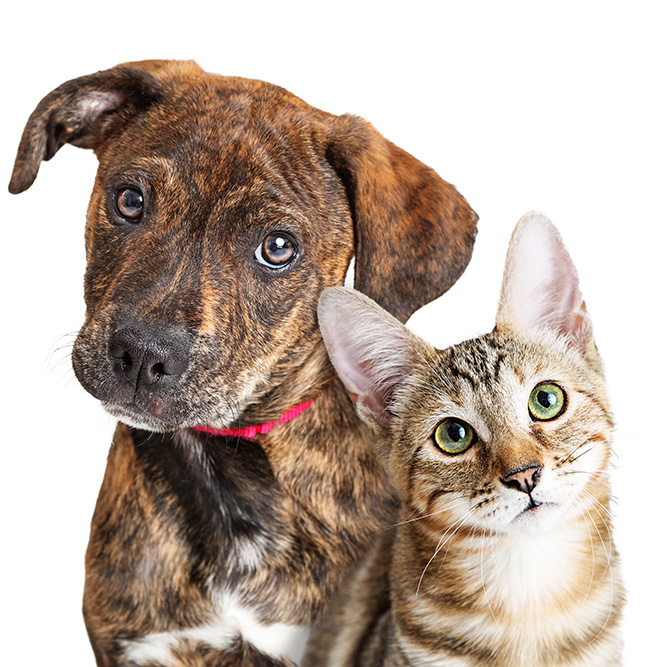
Did you know?
Keeping an animal for 15 days, according to the law makes you the owner!

Shelter Search Tip
- At the shelters make sure you let them know you are looking for your lost pet in case your pet is in quarantine, the medical area or has been sent to an animal hospital. Post a flyer at the shelter.
- Photos of lost pets brought to our shelters are posted on our website within 1 hour of coming to our shelters. If you don’t see your pet, keep checking!

Deceased Pets List
We maintain a list of deceased cats and dogs picked up by Animal Care Officers. This list provides descriptions and no photographs.
Resources
When a beloved pet dies, it can trigger a range of emotions including a deep sadness. There are resources to help cope with the loss.
Pet Search Tool
Adoption Requirements
Requirements:
- Be 18 years old and have a valid photo ID.
- Meet any requirements for the specific pet you are interested in adopting.
- Understand that we reserve the right to deny the adoption of any pet for any reason.
- Understand all adopted cats and dogs are required by law to be spayed or neutered before going home with you.
Return Policy:
- Animals can be returned for illness or behavior problems within 14 days.
- No cash refunds. You will have 30 days to make another selection.
- Original receipt required.
Free Pet Adoptions
The San Bernardino County Board of Supervisors has allocated $30,000 to help cover pet adoption fees through June 30, 2027, or while funds last. This investment helps remove financial barriers to adoption, giving approximately 1,700 pets the opportunity to find loving homes while easing the strain on local shelters. Now is a great time to open your heart and your home to a furry companion.
When you adopt a qualifying pet from Big Bear or Devore Animal Shelters, each qualifying adoption includes spaying or neutering, a microchip, and age-appropriate vaccinations. Additionally, all felines and canines are microchipped free of charge, thanks to the generous donations from the Animals aRe First Fund (ARFF). Our meet-and-greet areas provide the opportunity to interact with our pets and find the perfect match for you and your family.
Present, past, and future adopters from San Bernardino County Animal Shelters qualify for MetLife pet insurance—learn more at Animals aRe First Fund (ARFF).
* Adoption fees are waived for Veterans and for Seniors over the age of 65 for qualifying pets. If you are a Veteran, please bring a valid driver’s license or any type of identification with the word “VETERAN” printed on it.
Standard Adoption Fees
| Pet Type | Fees * | Age Range |
|---|---|---|
| Puppies | $20 | 8 – 16 weeks |
| Dogs | $20 | over 4 months |
| Dog license fee if in our jurisdiction | $24 – $120 | over 4 months |
| Kittens | $10 | 8 – 16 weeks |
| Cats | $10 | over 4 months |
| Chickens and other fowl | $5 | N/A |
| Rabbits | $5 | N/A |
| Exotics – birds, reptiles, etc. | 50% of retail | N/A |
| Birds | 50% of retail | N/A |
| Pigs | Starting bid $20 | N/A |
| Horses | Starting bid $50 | N/A |
| Donkeys | Starting bid $50 | N/A |
| Goats | Starting bid $20 | N/A |